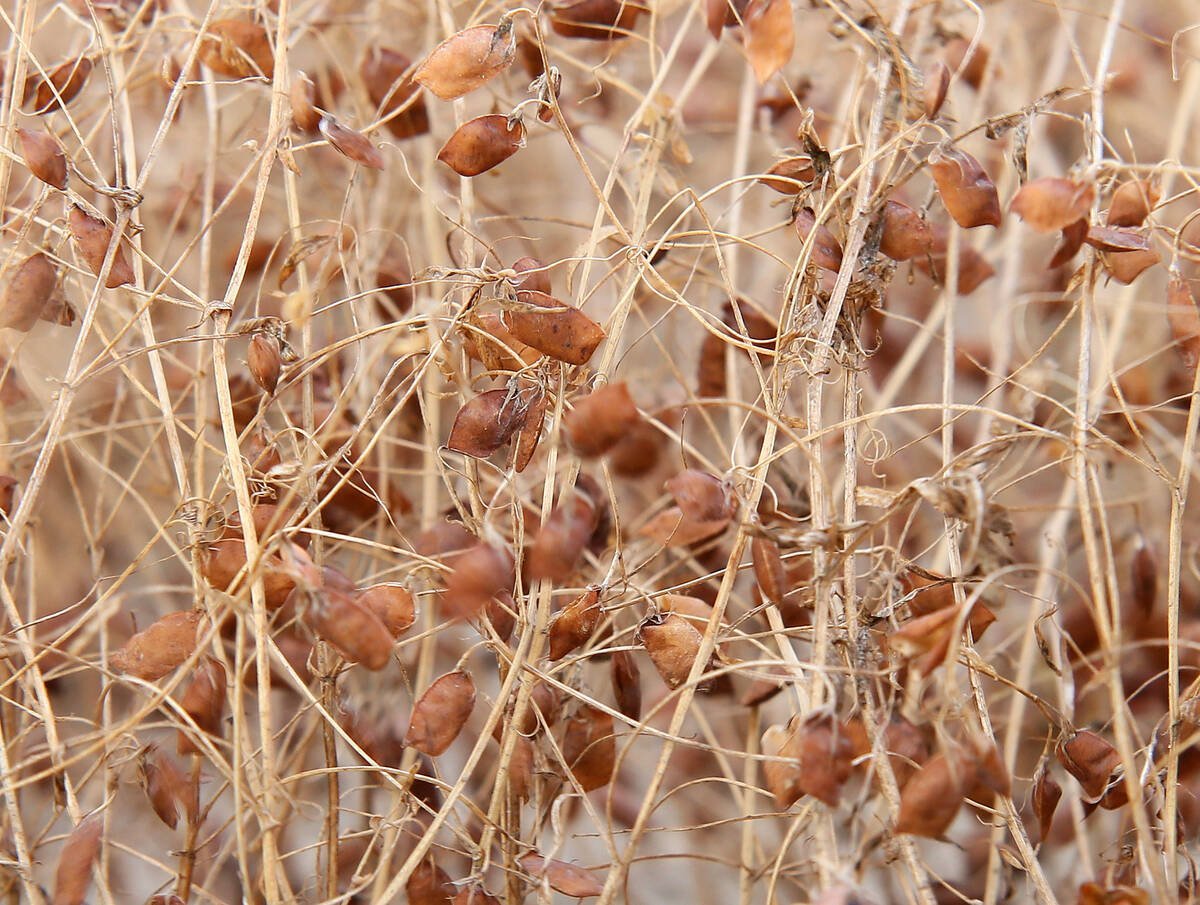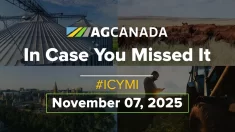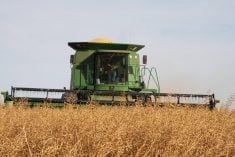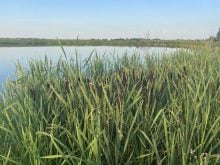Saskatchewan farmer Mike Shawaga has seen lots of good crops over the past 35 years.
He’s also seen floods, droughts, record yields, frosts, hailstorms, million dollar rains and crop pests of almost every shape and size.
Each time he sees something that affects farmers in the Rural Municipality of Fish Creek northeast of Saskatoon, he reports it to officials at the provincial agriculture department.
Shawaga is part of Saskatchewan’s province-wide network of volunteer crop reporters – rural residents who monitor local conditions and file weekly updates to agriculture officials in Regina.
Read Also

Europe holds promise for Canadian lentils
Pulse Canada is trying to help boost lentil consumption in Europe, which is already the fourth largest market.
“Farming is almost like going to Vegas,” said Shawaga, a volunteer reporter who has filed information for 35 years from his farm near Alvena, Sask.
“Some years, you get a really good start but you never know what to expect from the weather. You could have frost, you could have drought, you could have too much rain, you could have hail.”
Shawaga started crop reporting in the mid-1970s, shortly after the province established the weekly crop reporting program that most farmers know today.
Volunteers initially mailed local reports into Regina on a weekly basis but were later asked to submit by telephone, fax or e-mail.
Shawaga said it takes a little time to prepare and submit a weekly report and it also requires observation.
“You have to keep your eyes open and see what’s happening in the countryside,” he said.
“You watch how seeding is going and what crops are like, and then you listen to other farmers, talk with them and see what they have to say.”
Word of mouth is a good way to share knowledge and information among farmers, said Daphne Cruise, a regional crop specialist with Saskatchewan Agriculture.
It’s also an important part of the crop reporting system, which helps the province monitor local conditions across a large area.
Cruise sifts through the information that local crop reporters submit in their weekly reports, enters the crop-related data into a database and prepares a province-wide report that summarizes crop conditions, weather events, production problems and crop progress.
The province-wide summary, known as the Provincial Crop Report, is released every Thursday morning and is an important resource for farmers, agricultural retailers, grain marketers, politicians, agriculture industry stakeholders and the provincial media.
The weekly crop report is usually published for about 30 weeks each year, beginning April 1 and ending when most of the crop is safely in the bin. The report can be viewed online at www.agriculture.gov.sk.ca/Crop- Report.
Cruise said the reporting system has proven to be a responsive and efficient way to assess crop development in the province.
She said crop reporters are usually required to answer five or six questions a week on topics such as precipitation, crop conditions, crop staging, seeding progress, haying progress, harvest progress and crop damage caused by weather, disease and insects. The questions vary throughout the year and usually take 15 to 20 minutes per week to answer.
“The crop reporters are people who are actually on the ground, reporting right back to us the way they see it and the way it is in their areas,” said Cruise.
“We try to compile that information as best as we can and we try to put it into a report that not only the farming community can use but also the media and any type of ag industr y that … wants to know what’s going on in the province at any given moment.”
Cruise said recruitment of reporters is an ongoing challenge.
The province tries to recruit new volunteers every year through advertisements, word of mouth and government publications.
The province now has 235 volunteer reporters representing 194 RMs, which means 101 RMs don’t have reporters.
“We would like to have at least one reporter per RM because as you can appreciate, things can vary greatly, even from a couple of miles apart, especially when it comes to things like precipitation,” said Cruise.
Pam Waldenberger, a crop reporter from the RM of Marquis near Moose Jaw, was a new recruit last year.
She said much of the information she submits each week is gleaned from neighbours, either at church, over coffee or during casual conversations.
“I like it,” said Waldenberger. “It keeps me up to date on what’s been going on in the area and it makes me keep track of things like rainfall more closely.”
For more information, call 866- 457-2377.















